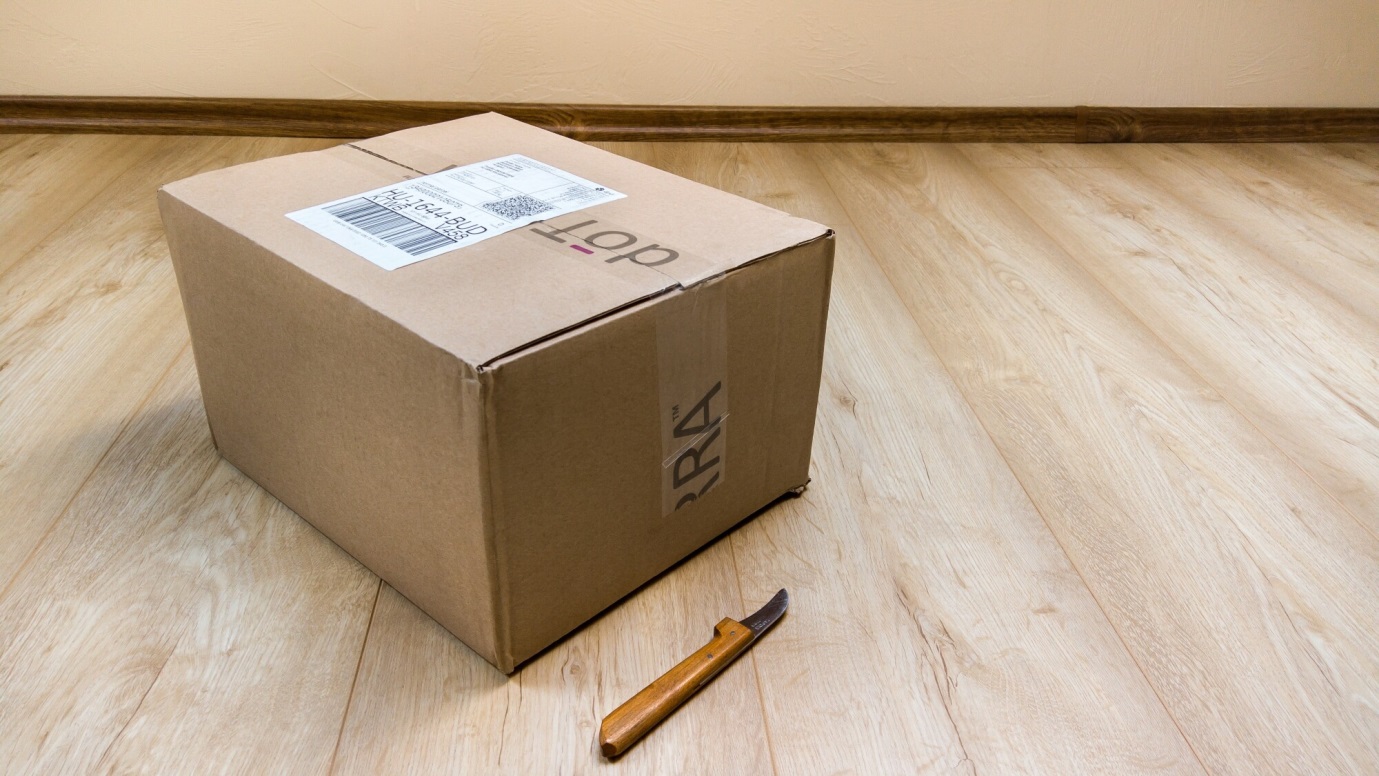There’s a reason why eCommerce sales totaled over $214 billion last quarter. These days a small business doesn’t even need a storefront — it can operate entirely online.
However, this new business model does have some unexpected challenges. Notably, packaging your product for your consumers. These days, it’s not enough to simply ship a product in a cardboard box.
If you want your brand to be remembered and frequented, then you need to make the packaging for your small business products part of an experience. So, how do you do this? Simple: by reading this article!
In it, we’ll walk you through nine tips to keep in mind when packaging your products. That way, you have the best chance possible of getting return customers.
1. Define Your Needs
Before anything else, you should define your shipping needs. Are you sending fragile products that can break? Or perishable items that need to remain chilled? How big are the products?
These types of questions can help you begin to narrow down the most appropriate shipping method.
2. Choose the Right Type of Material
Next, it’s time to decide on packaging material. When it comes to this you can’t go wrong with corrugated cardboard. It’s easily recyclable and biodegradable. However, this might not be the best choice for your products.
For example, let’s say you’re selling books or a similar type of small product. Brown paper and twine might be a more practical choice that both looks great and saves you money.
Or, if you sell jewelry, with a small muslin bag or an envelope. Don’t be afraid to think outside the box (pun intended).
3. Protect the Delivery When Packaging
Getting a damaged product is a surefire way to lose customers. As such, you should take every precaution to protect the delivery so that it arrives intact for your customer. Packing peanuts or air-inflated bags are a good way to do this.
However, some customers might not appreciate all of the waste that these materials bring. As such, we recommend something like starch loose chips. They’re biodegradable and you can even compost them.
Regardless of the option you choose, just make sure that your product is as secure as possible.
4. Try to Minimize Waste
Consumers are much more environmentally conscious than they were a few decades ago. As such, minimizing waste helps show them that you’re committed to providing sustainable packaging methods.
One way you can do this is by using recycled material. For example, these PCR lids use recycled plastics to keep your product safe. Also, make sure that you don’t use a shipping container that’s bigger than the product. Many consumers will get angry at this waste of space.
5. Think About the Unboxing Experience
Think about the joy you get when you finally get a package in the mail. These days, the unboxing experience is often just as important as the product itself. You should keep this in mind when packaging.
What are some things you can do that will make your product stand out from others? Maybe try including some freebies. Or, try wrapping it all in a beautiful bow.
6. Pay Attention to Your Competitors
You shouldn’t be afraid to take inspiration from your competitors. Try ordering their products and see how they arrive. What things are working for their packaging? What things can be improved upon?
These types of questions can provide you with some valuable insights in terms of how to stand out from this competition.
7. Create a Brand Aesthetic
Many people miss a valuable branding opportunity in their packaging. Just think about the behemoth of shipping, Amazon. You instantly recognize an Amazon package thanks to its unique designs and logos.
So, try taking a page from their book. Include stickers or labels on the packaging with your business name.
Or create an entirely custom bag. The more recognizable and unique your brand aesthetic is, the more likely the consumer is to remember it when they’re shopping.
8. Consider Including a Thank You Note or Gift
This tip ties back into creating a unique unboxing experience. Everyone loves free things. So, why not include a little gift to show your appreciation?
Little freebies like candy (not anything meltable like chocolate), keychains, or bags might not seem like a big deal, but your customer is sure to appreciate it. But what should you do if you can’t afford a gift?
Consider including a small handwritten note. Thank your customer for supporting a small business and encouraging them to shop again. These personalized touches go a long way toward creating brand loyalty.
And, if someone has a touching experience with your brand, then they’re more likely to recommend it to their friends.
9. Invite Customer Feedback
Include a note or link that encourages your customer to provide feedback. Ask them what they liked about your packaging experience, and what they disliked. You can gain valuable insight this way.
And it shows your customers that you value their input. Just make sure that you follow any advice they give you.
Enjoy These Tips for Packaging Small Business Products? Keep Reading
We hope this article helped you learn some packaging tips for small business products. As you can see, the packaging isn’t just about having your product arrive safely to the customer (though that’s certainly part of it).
Instead, it’s about creating an experience and a brand identity that the individual will remember. And, as long as you follow the tips in the article, then you’re already off to a great start.
So, start brainstorming about how to make your packaging experience as special as possible. Did you enjoy this article? If the answer is yes, then you’re in the right place. Keep exploring to find more content that you’re sure to love.










